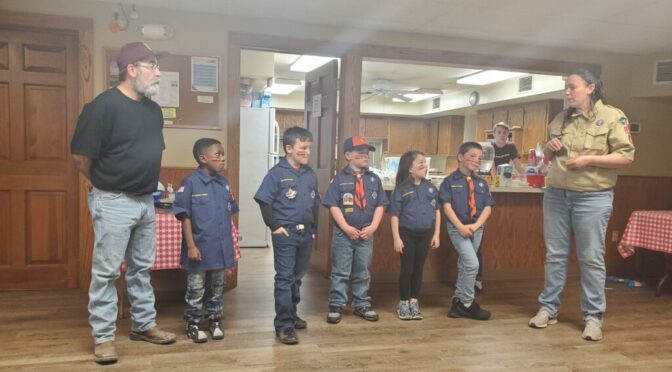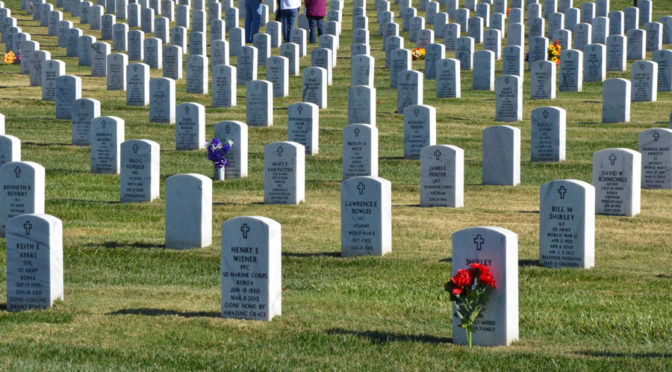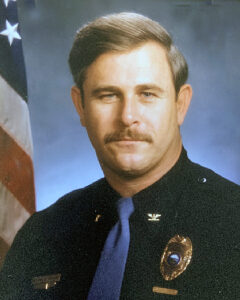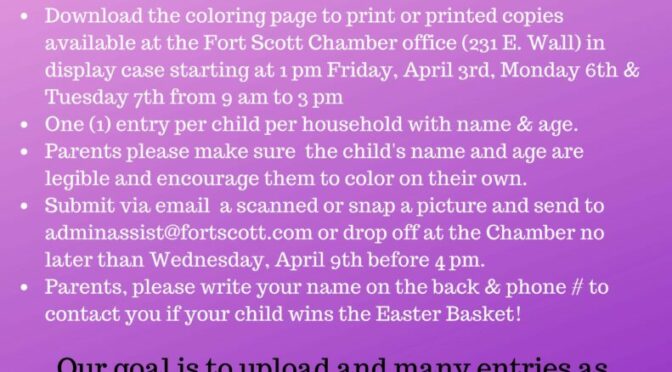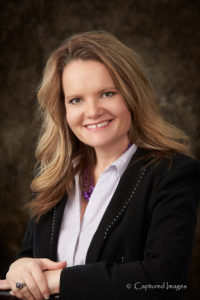Interim Guidance for Child Care Facilities Licensed by the Kansas Department of Health and Environment(KDHE)April 3, 2020
This guidance is based on what is currently known about the spread and severity of coronavirus disease 2019 (COVID-19).
The purpose of the guidance is to prevent the spread of COVID-19 among child care facilities, families, and communities. KDHE will provide updated guidance as necessary based on the changing situation.
Please check the CDC website and the KDHE website(COVID-19 Resource Center) periodically for updated information and guidance for a variety of settings as well as public health and health care professionals.
Visit the KDHE Child Care Licensing website for more information about facilities and regulations.
KDHE’S POSITION ON CONTINUING OPERATIONS FOR CHILD CARE
At this time, KDHE supports continuity of operations for child care. KDHE will communicate updates should our recommendations change.
Child care facilities (family child care and center-based care) that are willing and able to continue to operate are providing an important service for parents who must continue to work, particularly those whose jobs are considered essential for the well-being of the community.
Licensed child care, with its emphasis on healthy and safe daily routines, provides a stabilizing and often familiar setting for children while parents are away at work.
Although child care has been identified as an essential business and may operate in all counties, child care licensees may independently decide to temporarily close based on their own situation.
Governor Kelly issued a statewide stay-at-home order effective March 28, 2020,(Executive Order/EO 20-16https://governor.kansas.gov/executive-order-no-20-16/) in response to the rapidly increasing number of confirmed COVID-19 cases and to increase uniformity in requirements across the state.
The Kansas public health system supports state and local shared responsibility and decision making in response to a public health emergency.
Local health officers have the statutory authority(K.S.A. 65-119, K.S.A. 65-129b, K.S.A. 65-202) to make decisions independently from the state public health officer. Prior to the issuance of EO 20-16, several local health officers exercised this authority and issued local county stay-at-home orders.
However, pursuant to Section 5 of the EO, the order supersedes previously issued local/county orders through April 19, 2020, or until the statewide order is rescinded. Local officials retain the right to issue isolation and quarantine orders. Any local order extending beyond the effective date of the statewide order will go back into effect upon expiration of the statewide order.
KDHE encourages providers to remain in close communication with their local public health department as situations regarding COVID-19 are changing frequently. Local health officials are able to provide community level guidance and recommendations that support the efforts of child careproviders to maintain healthy and safe environments.
Important Things to Keep in Mind
•KDHE Child Care Licensing will not issue blanket exceptions to increase capacity or eliminate other health and safety requirements as part of the COVID-19 response. This includes issuing temporary licenses for an existing facility to operate in an alternate location. We await federal guidance on any waivers for requirements related to background checks and initial health and safety training.
•Existing child care facilities are required to continue to operate within the terms of their licenses and to comply with licensing laws and regulations.
•If a facility’s license is issued for a location that is closed (e.g. school, church, community center), the licensee cannot legally operate at an alternate location because the authorization to care for children only applies to location/address printed on the license
•In the absence of more restrictive guidance from either state or local health officials, new enrollment is permitted in accordance to the terms of the current license (ages of children, group sizes, total capacity, etc.). When enrolling new children, it is critical that health screening happens prior to entry and ongoing for all new and existing children.
NOTE: Screening and monitoring for signs and symptoms of illness have always been a part of maintaining a healthy and safe environment.
Screening should happen prior to entry and on an ongoing basis for all children and staff. Strong exclusion policies and increased sanitation is essential. These provisions are in place in order to prevent the spread of infectious disease.
•Consider prioritizing care to children of health care workers and first responders. If your facility has multiple classrooms/units consider creating a separate classrooms/units just for the children of health care workers and first responders. No additional screening or exclusion policies apply to health care workers’ children or to children living in counties with confirmed cases.•Let your local resource and referral know when you have vacancies and are able to care for children of health care workers and first responders.
•Facilities closing temporarily must submit a timely renewal application to ensure there is no gap in licensure and that the license remains in effect and valid.
•Specific licensing questions should be referred to your local licensing surveyor.For more information about local licensing contacts, visit our website at http://www.kdheks.gov/kidsnetand click on Local County Contacts (http://www.kdheks.gov/bcclr/download/county_contacts.pdf). Planning and Preparedness Recommendations for Licensed Child Care Facilities The most important thing that child care facilities can do now is to prepare for the possibility of community-level outbreaks.Licensees should take the followingsteps to help stop or slow the spread of respiratory diseases, including COVID-19:
•Stay informed and know where to go forthe most current information. Sources of accurate information include the CDC, KDHE,and your local county health department.
•Developor update emergency preparednessplans to address possible disruptions in learning and program operations. Your local licensing surveyor is available to provide technical assistance.
Determine how to deal with high absentee rates among children and staff.identify critical functions and positions and plan for alternative coverage in the event of staff absences or closure.identify methods to communicate with staff and parents in the event of closure
.•Review your policies for the exclusion of sick children and staff. Caring for Our Children, National Health and Safety Performance Standards (https://nrckids.org/CFOC) has information related to managing illnesses, including inclusion/exclusion guidelines. Established exclusion guidelines may need to be updated based on what is known about the symptoms and spread of COVID-19.oMake sure that parents of children in care and staff are aware and follow the policies.
Encourage parents to plan now in the event their child becomes sick. Sick children should not be taken to another child care program or another group setting, even temporarily.
oDevelop flexible sick leave policies that encourage staff to stay home when sick or when caring for sick family members.•Review children’s files and update health assessments and contact information.
•Develop a communication plan with parents and staff in the event of a COVID-19 case occurs in a staff or child.
•Make plans for the isolation and supervision of sick children until their parents can pick them up.
•Implement monitoring systems to track children and staff absences.oUnderstand the usual absenteeism patterns for your facility.oAlert your local health department about large increases in absenteeism due to respiratory illnesses.Recommendations for Preventingthe Introduction of COVID-19 INTO the FacilityPlease review the CDC’s Supplemental Guidance for Child Care Programs that Remain Openhttps://www.cdc.gov/coronavirus/2019-ncov/community/schools-childcare/guidance-for-childcare.html.
•Plan ahead to ensure adequate supplies to support hand hygiene behaviors and routine cleaning of objects and surfaces. If you have difficulty obtaining thesesupplies contact your local licensing surveyor and/or your local resource and referral agency.
•Post signs outside the entrance restricting entry to anyone with symptoms of illness/respiratory infection.
•Limit outside visitors. NOTE: This does not include the local licensing surveyor or necessary maintenance/repair worker. For those individuals, keep a log including date/time, name, and contact information (phone or email).
•Set up hand hygiene stations at the entrance so that individuals can clean their hands before entering. Keep hand sanitizer out of children’s reach and supervise use.
•Limit parents/guardians to one per child during drop-off and pick-up. Ideally, this should be the same individual each day.
•Work with parents/guardians to stagger drop-off and pick-up times to avoid overcrowding of children and parents/guardians in a confined spaces. If possible,greet parents at the door or outside.
•Screen children and staff daily before admittance for signs and symptoms of illness. Ask questions, observe for signs of illness,and check for fever. When checking temperatures, to the extent that you are able,do the following:oPerform hand hygiene.oWear personal protective equipment (mask, eye protection, gown/coveralls and a single pair of disposable gloves).oBe sure to use a fresh pair of gloves for each individual and that the thermometer is thoroughly cleaned in between each check. If disposable or non-contact thermometers are used and the screener did not have physical contact with an individual, gloves donot need to be changed before each check. In non-contact thermometers are used, they should be cleaned routinely as recommended by the CDC for infection control.
•Individuals who have a fever or other signs of illness should not be admitted.
•Exclude individuals with history of COVID-19 exposure, including travel within the last 14 days in a state, county or country identified as a hot spot for COVID-19,and those showing signs of illness.oChildren who are sick, with the typical reasons kids get sick (vomiting, rash, diarrhea, pink eye etc.) should be excluded in accordance with yourpolicies.oCurrent information about when individuals with symptoms consistent with COVID-19 should stay home is available on the COVID-19 Resource Center http://www.kdheks.gov/coronavirus/toolkit/COVID-19_Isolation_and_Quarantine_Guidance_and_FAQ.pdfand on the CDC website https://www.cdc.gov/coronavirus/2019-ncov/if-you-are-sick/steps-when-sick.html.
•Ensure frequent handwashing (https://www.cdc.gov/handwashing/index.html) and cough etiquette(coughing and sneezing into elbow).
•Meticulously follow diaper changing procedures. •Care for children in small stable groups. Children should be kept in the same group with the same provider/staff every day. Ideally, this means groups of the same 10or fewer children/staff, if/when possible.
•Facilities enrolling more than one group/unit are advised to maintain separate rooms for each group/unit. Adults, children, and staff assigned should try to remain in their designated rooms/units(avoid co-mingling or sharing space), including during drop-off/pick-up, indoor/outdoor activities, and mealtimes.
•Avoid over-crowded conditions. Encourage children to spread out during story and circle times.
•Allow as much room as possible between cribs, cots, and sleep mats. At least six feet is recommended. Place cribs, cots, and sleep mats so that children rest “head to toe” rather than “face to face”.
•Get plenty of fresh air. Children of all ages should have an opportunity for daily outdoor play, weather permitting. Indoor rooms should be well ventilated. To promote air circulation, open windows whenever weather permits or when children are out of the area.
•It is important to comfort crying, sad and/or anxious young children and they often need to be held. To protect themselves providers should consider
oWearing an oversized, button-down, long-sleeved shirt. Keep long hair up off the collar in a ponytail.oWashing their hands, neck and anywhere touched by a child’s secretions.oChanging the child’s clothing if secretions are on the child’s clothing. The provider should then change their button-down shirt, if there are secretions on it, and wash their hands again.
oPlacing contaminated clothes a plastic bag until washing it ina washing machine. Providers, like children in care, should have multiple changes of clothing on hand.
•Intensify cleaning and disinfection routines. Caring for Our Children, National Health and Safety Performance Standards(https://nrckids.org/CFOC) has nationally recognized standards for cleaning, sanitizing, and disinfection.
Routinely clean, sanitize, and disinfect surfaces and objects that are frequently touched, especially toys and games. This may also include cleaning objects/surfaces not ordinarily cleaned daily such as doorknobs, light switches, classroom sink handles, countertops, nap pads, desks, chairs, cubbies, and playground structures.
oUse the cleaners typically used at your facility. The CDC has detailed information at https://www.cdc.gov/coronavirus/2019-ncov/prepare/disinfecting-building-facility.html. A list of EPA products is available at https://www.epa.gov/pesticide-registration/list-n-disinfectants-use-against-sars-cov-2b. When choosing products be sure to read the label and carefully follow directions
.oPay special attention to cleaning and sanitizing toys.
▪Toys that can’t be cleaned and sanitized should not be used.
▪Set aside toys children have placed in their mouths or otherwise contaminated with bodily fluids until they have been cleaned and sanitized.
▪Machine washable toys should be used by one child at a time or should not be used at all. These toys should be laundered before being used by another child.
•Stock sinks and restrooms with soap and paper towels.
•Place boxes of facial tissues and waste containers for used tissues throughout the child care area and in places readily accessible to children and staff.
Recommendations for Child Care Facilities in Communities with Laboratory-Confirmed Cases of COVID-19 Infection
The guidance provided in this section is based on current knowledge of COVID-19. This guidance may be updated as additional information becomes available about the virus, how it spreads, and how severe it is.
If public health officials report that there are cases of COVID-19 in the community, child care facilities may need to take additional steps in response to prevent the spread in the facility. The first step is to talk to local public health officials. Determine if, when, and for how long child care facilities may need to be closed.
•Licensees should work in close collaboration and coordination with local public health officials and the local licensing surveyor to make closure decisions. Facility closures may be recommended for 14 days or longer. The nature of these actions (geographic scope, facility type, and duration) may change as a local outbreak situation evolves.immediately notify the local health department and your local licensing surveyor if someone who is infected (child, staff or resident of family child care home) has been in the facility. The local health department will help determine a course of action for the facility.
oFollowthe instructions of local public health officials to determine when children and staff who are well but are sharing a home with someone with a case of COVID-19, should return to the facility. oWork with local public health officials to communicate about a possible COVID-19 exposure. Communication to parents of children in care and to staff members should align with the facility’s emergency preparedness plan. When communicating information,it is critical to maintain the confidentiality of any ill child orstaff member.
•When child care facilities are temporarily closed, children and staff should stay home—away from gatherings, crowds,andother social settings.
•Identify strategies to support families in continuing their child’s learning in the event of facility closure.
•Understand that the length (duration), criteria, and public health objective of child care facility closures may be re-assessed and changed as the situation evolves. Licensees should follow the advice of KDHE and local public health officials. MoreInformationKDHE Resources
•COVID-19 Resource Center•Information Line1-866-534-3463 (1-866-KDHEINF) Monday –Friday 8 am to 5pmCDC Resources•Coronavirus Disease 2019 website
